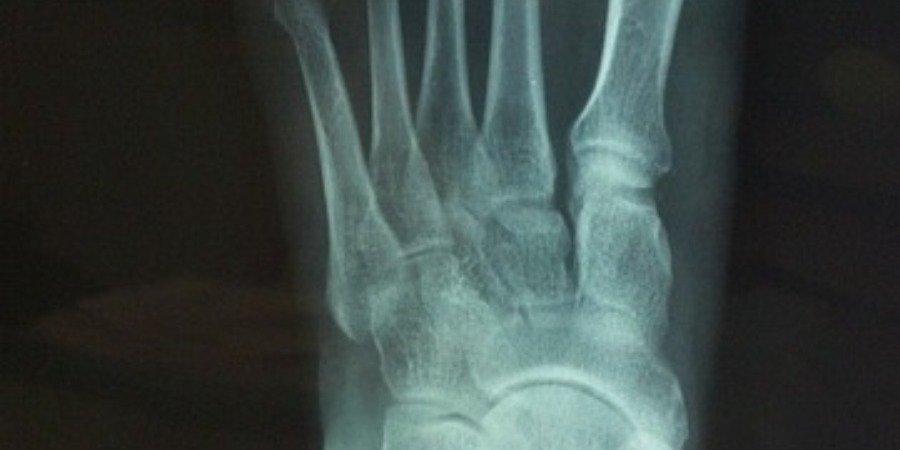Managing Stress Fractures in the Foot and Ankle
Stress fractures, characterized by small cracks in the bone, are a common affliction for those engaging in activities that put repetitive stress on the feet and ankles. Understanding the causes, symptoms, and treatment options for stress fractures can aid in both prevention and recovery, ensuring individuals can maintain their activity levels without undue pain or injury.
Causes of Stress Fractures
Stress fractures result from overuse and repetitive force, common in high-impact sports like running, tennis, basketball, and gymnastics. However, anyone can be susceptible to stress fractures, especially if there’s a sudden increase in physical activity without adequate preparation. Other contributing factors include:
- Abnormal Foot Structure: Flat feet or high arches can distribute stress unevenly across the foot.
- Osteoporosis: This condition weakens bones, making them more prone to fractures.
- Inadequate Footwear: Shoes that lack proper support can increase the risk of stress fractures during physical activities.
Symptoms to Watch For
The primary indicator of a stress fracture is pain in the affected area that worsens with activity and diminishes with rest. Other symptoms include:
- Pinpoint Pain: Sharp pain at the fracture site, especially when touched.
- Swelling: Noticeable swelling near the site of the fracture.
- Activity-Related Pain: Pain that intensifies during physical activity and lessens during periods of rest.
Effective Treatment Strategies
The key to treating stress fractures is allowing the affected bone to rest and recover. Treatment approaches vary based on the fracture’s severity:
- Rest: Cease all activities that cause pain to allow the bone to heal.
- Supportive Footwear: Wear shoes that provide adequate cushioning and support.
- Immobilization: In some cases, a brace, cast, or crutches may be necessary to offload weight from the injured foot or ankle.
- Physical Therapy: Rehabilitative exercises can strengthen the muscles around the fracture site, supporting bone healing and preventing future injuries.
- Surgery: Severe fractures may require surgical intervention to place pins or screws to stabilize the bone during the healing process.
Prevention Tips
Preventing stress fractures is preferable to treating them. Here are some tips to reduce your risk:
- Gradual Activity Increase: Avoid sudden spikes in physical activity. Gradually increase the intensity to strengthen muscles and bones.
- Strength Training: Incorporating strength training exercises can improve muscle strength and bone density, offering better support and shock absorption for high-impact activities.
- Proper Footwear: Invest in quality shoes that match your activity type and provide sufficient support.
When to See a Podiatrist
If you suspect a stress fracture or if pain persists despite rest and self-care, it’s important to consult with a podiatrist. A professional evaluation can confirm the diagnosis through imaging tests like X-rays or MRIs and guide you toward the most effective treatment plan.
Conclusion
Stress fractures in the foot and ankle can be a hindrance to active lifestyles but recognizing the signs and understanding the treatment and prevention strategies can help you manage or avoid them. By paying attention to footwear, gradually increasing activity levels, and listening to your body, you can protect yourself from the pain and inconvenience of stress fractures. Remember, prompt consultation with a podiatrist at the first sign of trouble can prevent more serious injuries and ensure a quicker return to your favorite activities.


